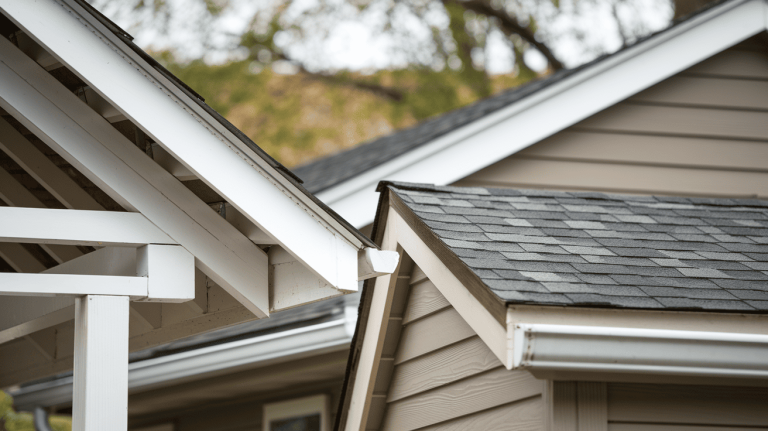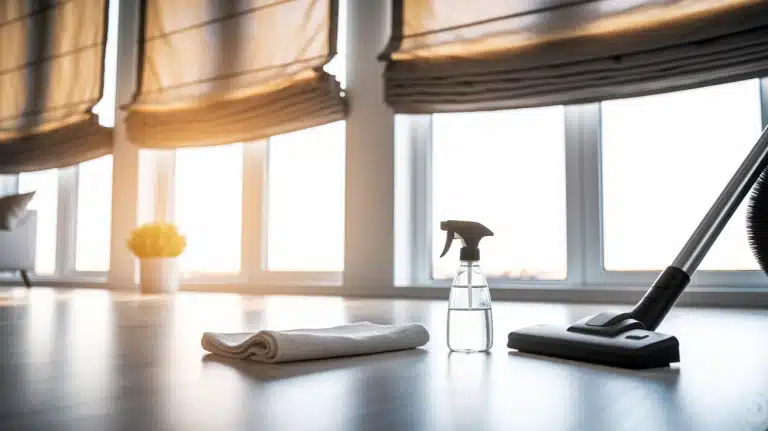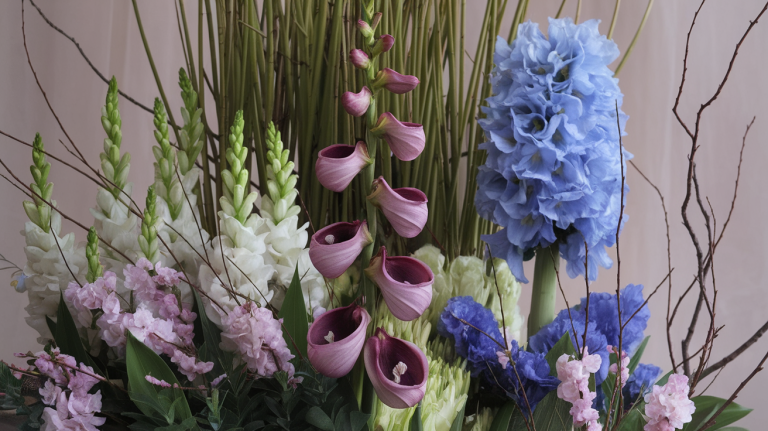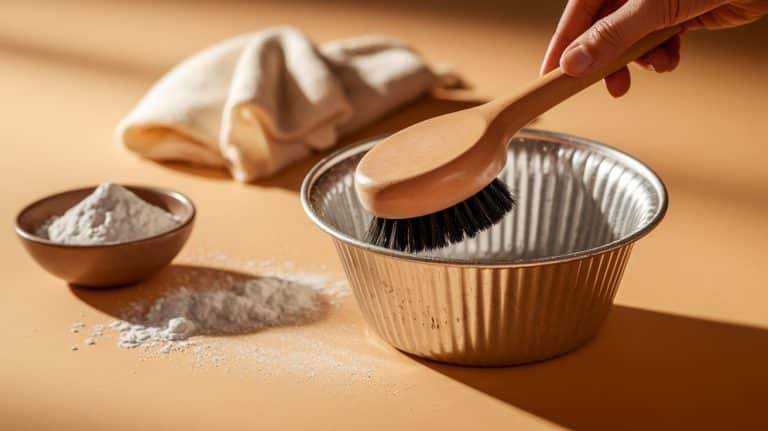Are Towels Considered Linens in Home Textiles?
I know the confusion about household textiles can be real. When organizing my linen closet, I often wondered if towels actually count as linens or belong in a separate category altogether.
I can confirm that towels are indeed considered linens. Any fabric used regularly in the home, regardless of the material it’s made from, falls under the linen family. This includes not just towels but also sheets, pillowcases, and table napkins.
In this article, I’ll explain why towels fit into the linen category, share the interesting history behind this classification, and walk through the different types of towels you might have in your home.
By the end, you’ll have a clear understanding of how towels fit into your home textile collection.
Why Are Towels Considered Linens?
Towels count as linens for several key reasons that go beyond just tradition.
Material Composition:
First, let’s talk about what they’re made of. While old-school linens came from the flax plant, today’s definition has grown. Modern towels use cotton, bamboo, microfiber, and other materials. Some fancy towels still mix in actual linen fibers, keeping that historical connection alive.
Functionality and Usage:
Function plays a big part, too. Just like sheets and tablecloths, towels handle daily home needs. They help with cleaning and comfort and add a touch of luxury to bathrooms and kitchens. The ways we use towels mirror how we use other linens around the house.
Laundering & Maintenance:
Care requirements seal the deal. Towels need regular washing, just like other linens, to stay fresh and work well. They often share the same laundry cycles as sheets and tablecloths. This shared maintenance routine is why stores and hotels group them in “linens” departments.
The shared purposes, materials, and care need to explain why towels firmly belong in the linen family.
Types of Towels & Their Uses
Bath Towels vs. Bath Sheets
Bath towels come in standard sizes perfect for drying after a shower. Most people find them just right for daily use. Bath sheets offer a more full-body experience – they’re wider and longer, giving you extra coverage when you step out of the shower or bath.
Think of them as the luxury option for those who want more drying power.
Face & Hand Towels
Face towels (washcloths) are small squares of fabric that work perfectly for facial cleansing and skincare. Their compact size makes them easy to handle for gentle face washing.
Hand towels sit between washcloths and bath towels in size. You’ll find them hanging in bathrooms and kitchens for quick hand drying.
Specialty Towels
- Gym towels are made to be portable and highly absorbent – perfect for wiping away sweat during workouts.
- Spa towels feel extra soft and plush, creating that special pampering feeling.
- Hair towels have a unique design that helps dry hair faster while reducing frizz and damage.
- Beach towels stand out with their bright colors and larger size, often with sand-resistant features.
- Kitchen towels handle multiple jobs, from drying dishes to grabbing hot pots.
Paper Towels
While paper towels serve similar functions to cloth towels in the kitchen, they don’t qualify as true linens.
Their disposable nature sets them apart from traditional linens, which are made to be washed and reused many times. Paper products fall into a separate household category despite their towel-like uses.
Common Misconceptions About Linens & Towels
1. “Only Bedsheets and Tablecloths Are Linens”
This is a common mix-up I hear quite often. Originally, “linens” did refer to items made from the flax plant. However, the meaning has changed over time. Today, the term covers all household fabrics used for comfort, cleaning, and care – including towels.
Department stores organize their “linen departments” with everything from bedsheets to bath towels, showing how the definition has expanded beyond its roots.
2. “Towels Should Be Ironed Like Linens”
I used to think this too until I learned better! Unlike traditional table linens that look best when pressed, towels actually work better when left fluffy. Ironing towels flattens the fibers that help them absorb moisture. The heat can also damage the cotton loops that make towels effective.
For best results, simply fold towels neatly after drying them completely. Save your ironing time for tablecloths and napkins instead.
3. “Pillows Are Linens Too!”
This distinction confused me for years. While pillowcases definitely count as linens, the pillows themselves don’t make the cut. Pillows are considered bedding accessories or soft furnishings because they’re filled items rather than flat fabrics.
The pillowcase that covers them, however, fits perfectly in the linen category, along with sheets and duvet covers. This explains why stores sell pillowcases in the linen section but pillows in bedding accessories.
How to Choose the Right Towels for Your Home
- Material matters: Egyptian cotton offers luxury and softness, while Turkish cotton balances absorbency with quick drying. Bamboo provides natural antimicrobial properties, and microfiber dries extremely fast.
- Check the weight: GSM (grams per square meter) tells you how thick and absorbent a towel is. Towels between 300-400 GSM work well for gym or kitchen use, 400-600 GSM suits everyday bathroom use, and 600-900 GSM delivers premium luxury.
- Inspect construction: Double-stitched hems prevent fraying over time. Look at how the edges are finished—this shows quality and affects how long your towels will last.
- Match size to purpose: Hand towels (16″x28″) work best near sinks, bath towels (27″x52″) suit everyday showering, and bath sheets (35″x60″) provide full coverage for those who prefer more fabric.
- Consider your climate: Thicker, plush towels take longer to dry in humid areas, which might lead to musty odors. Lighter weight options dry faster in these conditions.
- Think about storage space: Thicker towels take up more room in linen closets. If space is tight, medium-weight options might serve you better.
Essential Do’s & Don’ts for Washing Towels: Keep Them Soft and Absorbent
| Do’s of Washing Towels | Don’ts of Washing Towels |
|---|---|
| Wash new towels before use to remove manufacturing chemicals and increase absorbency. | Don’t use fabric softeners, as they coat fibers and reduce absorbency over time. |
| Use a mild detergent without added dyes or perfumes to maintain fiber quality. | Don’t overload your washing machine, as towels need space to get properly cleaned. |
| Wash towels separately from regular clothing to prevent bacteria transfer. | Don’t use bleach regularly since it breaks down cotton fibers and shortens towel life. |
| Ensure towels dry completely after each use to stop mildew and musty smells. | Don’t dry on high heat, as this damages fibers and can shrink towels. |
| Give towels a shake before hanging to fluff up the fibers. | Don’t iron your towels, as this compresses the loops that make them absorbent. |
| Wash white towels together to prevent color transfer from darker items. | Don’t let wet towels sit in the hamper, where they can develop mildew and odors. |
Conclusion
Towels rightfully belong in the linen family despite their unique purpose. This classification comes from both historical connections and practical similarities in how we use and care for these essential home textiles.
From bath sheets that wrap us after showers to small clothes for daily face washing, each towel serves a specific need in our homes. Choosing the right ones means considering material, weight, and purpose.
With proper care—washing new towels before use, skipping fabric softeners, and drying completely—your towels will stay soft and useful for years.
Understanding that towels count as linens might seem like a small detail, but it helps make sense of how we organize and shop for home textiles.
Next time you refresh your home fabrics, you’ll know exactly where towels fit in.











